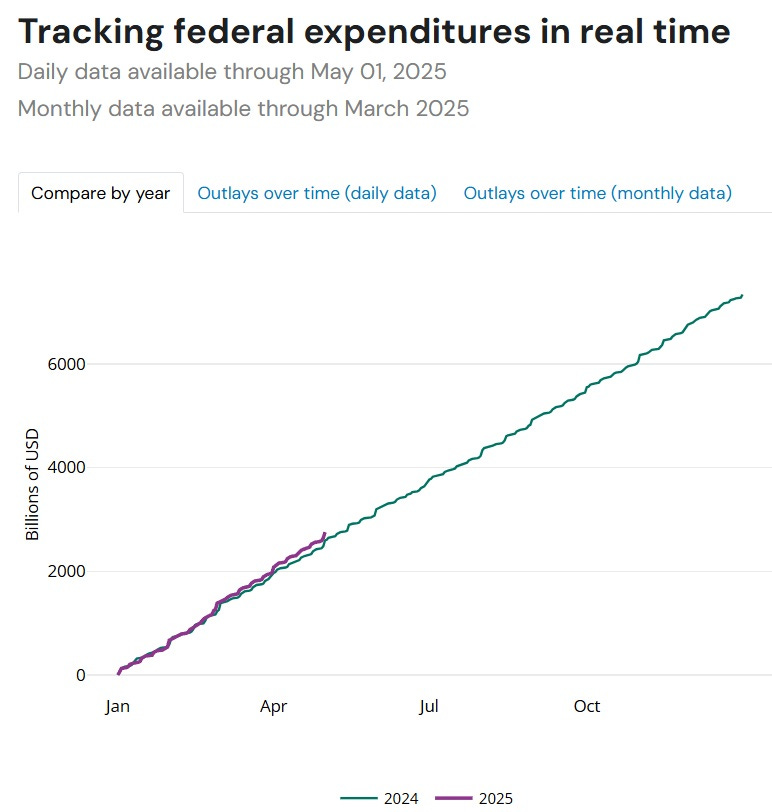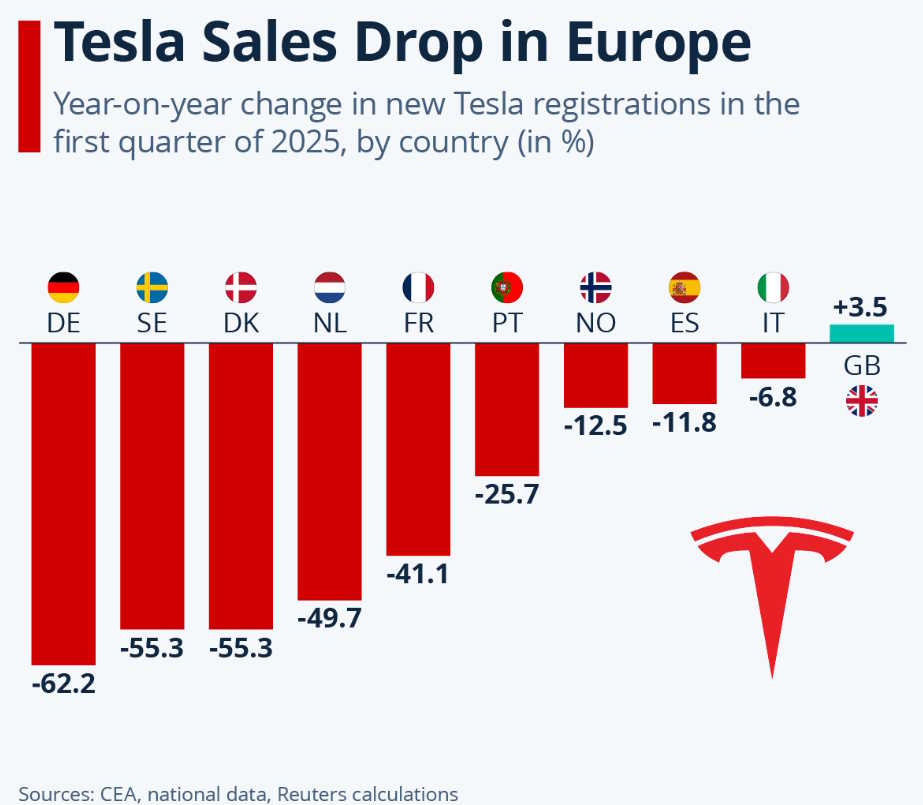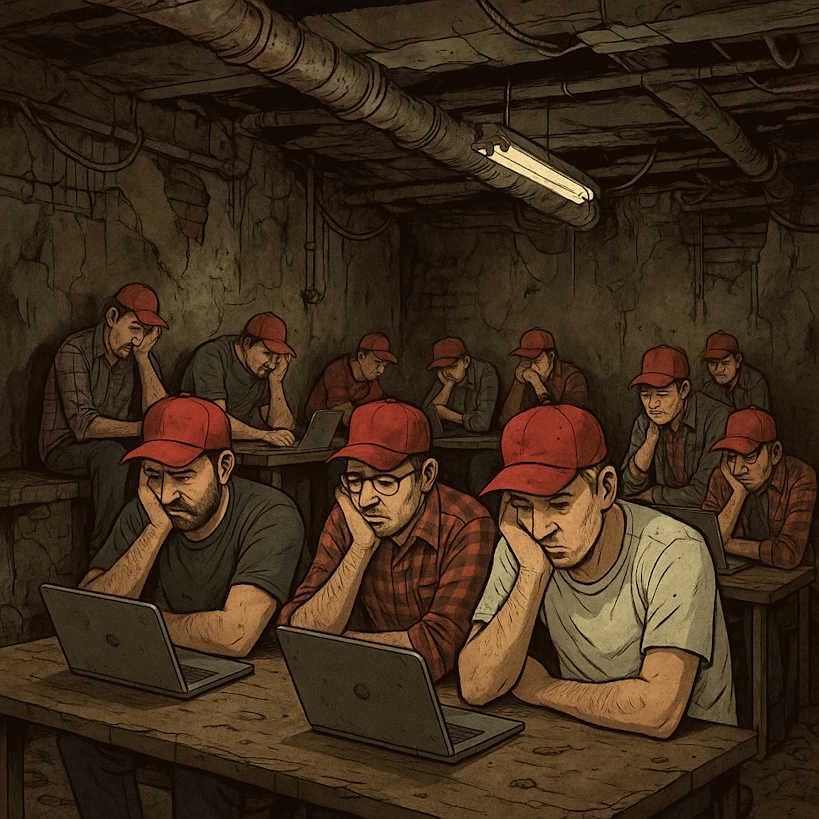The Tech Right is not succeeding
Technologists once again prove ham-handed when it comes to politics.
Last July, as the presidential campaign was nearing its climax, I wrote a post trying to explain why some people in the tech industry had turned to the right:
Now, in the wake of DOGE, the whole country knows about the Tech Right. Most recently, Semafor’s Ben Smith wrote a story about the group chats that many of the folks in the Tech Right — including my podcast co-host Erik Torenberg and my college friend Balaji Srinivasan — use to talk to each other.
It’s an interesting story about how the internet has fragmented. In the 2010s, discussions like this might have happened on Twitter or other public forums; now, they’re held in the modern-day equivalent of a smoky back room.1 Ben’s article presents group chats as an important, world-changing phenomenon, but really I think they’re a return to the way the world used to be. In 1935, conservative business leaders would gather at a house, or club, or other private space to rail against the labor movement or the New Deal. Tech Right group chats are not really any different than that.
In fact, I see the return to small private forums as a healthy development for public discourse; public discussions almost always devolve into shouting matches between tribes of strangers, exacerbating social divisions. Filter bubbles aren’t so bad.
But like the conservative businessmen who railed against the New Deal in the 1930s, the Tech Right seems to be making little headway on their policy objectives. This might be because tech people are just bad at politics.2 But I think the Tech Right’s objectives simply didn’t align very well with the mood of the nation — or the priorities of Trump’s loyalists and his activist base.
What the nation wants doesn’t appear to be that similar to what the Tech Right wants, and those differences are proving more important as the euphoria of Trump’s victory fades.
Elon Musk’s foray into politics flamed out
The most prominent figure of the Tech Right, of course, is Elon Musk. In the days following Trump’s election, Musk emerged as a powerful and dynamic figure. Some even saw him as a co-president, a “shadow president”, or one of two “consuls” — basically, ruling alongside Trump as an equal. Musk’s peerless record as America’s most brilliant industrialist promised to give the MAGA movement a degree of competence it hadn’t enjoyed during Trump’s first term in office. And as Musk’s DOGE began to purge the government of progressive ideology and fire civil servants en masse, popular attention shifted to Elon as the administration’s main mover and shaker.
But the last two months have seen Elon’s star fall substantially, at least as far as this administration is concerned. First, DOGE’s firing blitz was largely stymied in the courts; government workers are mostly under contract, so they can’t just be fired at will. Musk’s calls to impeach the judges ruling against DOGE fell on deaf ears.
Then it turned out that DOGE hadn’t actually been able to cut government spending by an appreciable amount. Early promises of trillions of dollars in DOGE savings were cut down to a paltry $150 billion, and even that number will probably shrink more. In fact, the U.S. government is actually spending more this year than it did last year under Biden:

Even though Elon’s signature initiative mostly floundered, it tanked his reputation with the public. Protests against Tesla mushroomed all over the world, and some Teslas were even attacked and burned. Bernie Sanders started a “Fighting Oligarchy” tour, building grassroots energy against Musk. Tesla’s sales suffered globally, and absolutely cratered in much of Europe:





